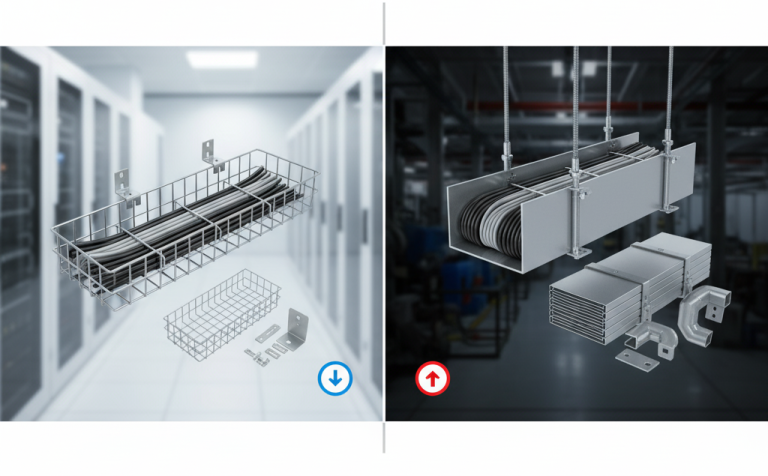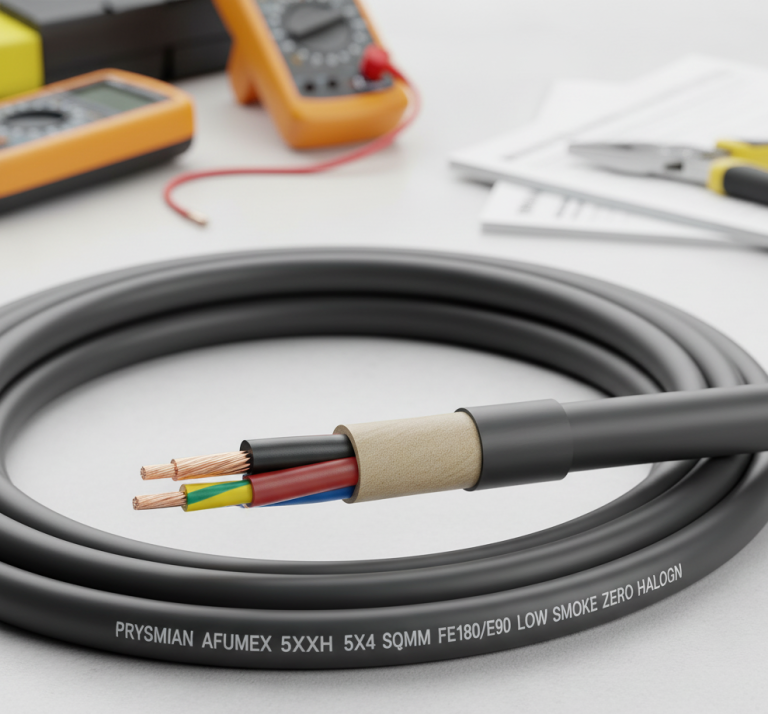,The Medium Voltage Cable Current Carrying Capacity Calculation forms the technical backbone of energy distribution projects between 6 kV and 36 kV. This calculation is essential not just for high-voltage cables but for all voltage cables. What is expected from an MV cable is not just to transmit energy, but also to avoid exceeding the thermal limits of the system under conditions of overload and short circuit. An incorrectly calculated cable cross-section leads to overheating, rapid insulation degradation, and consequently, major failures that jeopardize the entire long-term investment. Therefore, correctly performing the cable current carrying calculation is mandatory.
Medium Voltage Cable Current Carrying Capacity Calculation
In this comprehensive guide, we will delve into the thermal principles underlying the Medium Voltage Cable Current Carrying Capacity Calculation, the role of the international standard IEC 60287, and the precise solutions we offer with XLPE cable current carrying capacity from brands like Prysmian.
What is Current Carrying Capacity (Iz)? The Cable as a Thermal Problem
Cable current carrying capacities are the maximum amount of current (in Amperes) that a cable can continuously carry without exceeding the maximum allowable temperature of its insulation material. The accurate cable carrying capacity calculation is primarily treated as a thermal problem, forming the basis of the IEC 60287 standard.
The Importance of XLPE Insulation and Capacity
Cross-Linked Polyethylene (XLPE) insulation is widely used in medium voltage cables. XLPE insulation is resistant to higher operating temperatures (90°C continuous operation) and short-circuit temperatures (250°C) than standard PVC. This allows the XLPE cable current carrying capacity to reach higher Iz values than standard insulated cables, making it indispensable for MV underground cables. The thermal advantage of XLPE plays a major role when calculating the cable load carrying capacities.

7 Critical Factors Affecting the Calculation (IEC 60287 Model)
The cable cross-section current carrying capacity calculation cannot be done simply by looking at the conductor cross-section. The cable current carrying capacity calculation focuses on how the cable transfers heat to the environment, taking into account environmental factors:
- Ambient Temperature: As the ambient temperature (Ta) and installation location (air/ground) increase, the cable’s ability to dissipate heat decreases, and thus the cable carrying capacity drops.
- Soil Thermal Resistivity: For MV underground cables, the thermal conductivity of the soil is critical. Dry, sandy soil has high thermal resistance, which reduces the MV cable current carrying capacity.
- Laying Depth: As the depth increases, the difficulty of the cable radiating heat to the surface increases, which reduces the capacity.
- Laying Method (Trefoil/Flat): Whether cables are laid side-by-side (flat) or in a triangular formation (trefoil) in three-phase systems affects magnetic interaction and heat transfer.
- Cable Grouping: Laying multiple circuit cables in the same duct causes neighboring cables to heat each other up (Proximity Effect). As grouping increases, the cable load carrying capacities must be derated for safety.
- Load Factor: The time the cable remains at full load influences the average temperature balance, affecting the cable current carrying calculation.
- Sheath and Screen Losses: Eddy currents generated in the copper screens and armor produce additional heat, and this heat must be included in the MV cable current carrying capacity calculation.
Deltatema Solution: Correct Cross-Section and Assurance
The medium voltage cable cross-section calculation and determination of MV conductor cross-sections require expertise in large-scale projects. At Deltatema, we work with a zero-error approach. Instead of relying solely on standard tables for the XLPE cable current carrying capacity calculation, we analyze all the factors above along with up-to-date data from global manufacturers like Prysmian.
This approach supports the accurate determination of the cable cross-section current carrying capacity and your long-term investment goal.
Conclusion
The Medium Voltage Cable Current Carrying Capacity Calculation (6 kV – 36 kV) requires scientific rigor for the success of a critical infrastructure project. Adopting the correct engineering approach, based on IEC 60287 and accounting for environmental factors, is the smartest decision in terms of both safety and long-term investment. Deltatema is proud to ensure that your project’s energy transmission needs are met most efficiently and safely, starting with the correct calculation of cable cross-sections and current carrying capacities. To benefit from our expert consulting services, please contact our experts.












